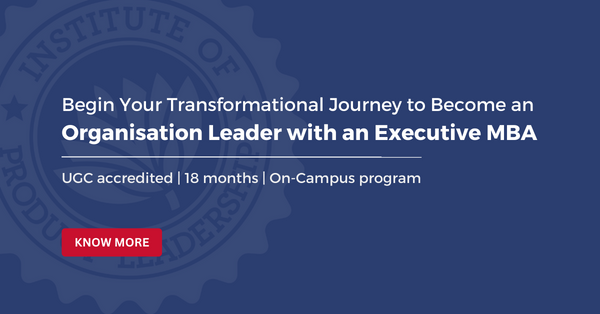People Analytics is a vital aspect of modern organizational strategy, providing insights that drive decision-making and improve workforce management. According to AIHR, a leading authority in the field, there are seven essential pillars of people analytics. Each pillar represents a critical area of focus that helps organizations optimize their human capital. Here, we explore each of these pillars and the types of analysis involved.
1. Workforce Planning Analytics
Workforce planning analytics enables organizations to forecast their future workforce needs. It involves analyzing data to predict the business’s workforce composition over the next few years. Key considerations include:
- Projected headcount
- Retirement rates
- Diversity ratios
- Cost projections
Organizations use this data to plan for future workforce changes and make strategic decisions about hiring, training, and resource allocation. By understanding these trends, businesses can take proactive steps to manage headcount, control costs, and enhance diversity.
2. Talent Sourcing Analytics
Talent sourcing analytics focuses on identifying the best channels and strategies for attracting top talent. In today’s competitive job market, sourcing the right candidates is crucial. This pillar examines:
- Effectiveness of various recruitment channels (e.g., LinkedIn, job boards, referral programs)
- Time and cost associated with hiring
- Success rates of different sourcing methods
This analysis helps organizations streamline their recruitment processes, reduce costs, and ensure they attract and retain the best candidates. It is particularly important for startups and growing companies that need to build strong teams quickly.
3. Talent Acquisition Analytics
Talent acquisition analytics goes beyond sourcing to ensure that organizations are hiring the right candidates. It involves:
- Measuring the quality of hires
- Evaluating the effectiveness of onboarding processes
- Assessing candidate engagement and readiness
Effective talent acquisition analytics ensures that new hires are productive from day one. It addresses issues like whether employees receive their equipment and access promptly and if they are properly introduced to their team and managers. These factors contribute to a positive first impression and smoother onboarding.
4. Performance Management Analytics
Performance management analytics focuses on evaluating and improving employee performance. It includes:
- Monitoring employee performance metrics
- Designing reward systems
- Developing career paths
By analyzing performance data, organizations can identify high performers, provide targeted rewards, and create development opportunities that keep employees motivated and aligned with company goals.
5. Employee Lifetime Value Analytics
Employee lifetime value (ELTV) analytics measures the total value an employee brings to the organization over their tenure. This involves:
- Calculating the return on investment in hiring and training
- Assessing the impact of employee contributions over time
- Identifying ways to maximize employee value
ELTV analytics helps organizations understand the long-term benefits of their workforce investments and develop strategies to enhance employee retention and productivity.
6. Talent Attrition Analytics
Talent attrition analytics focuses on understanding why employees leave and how to prevent turnover. Key areas of analysis include:
- Identifying patterns and causes of employee turnover
- Measuring employee engagement and satisfaction
- Developing retention strategies
By addressing the factors that lead to attrition, organizations can improve employee retention, reduce turnover costs, and maintain a stable, motivated workforce.
7. Employee Wellness and Well-being Analytics
Employee wellness and well-being analytics have gained prominence, especially in the context of the COVID-19 pandemic. This pillar addresses:
- Work-life balance
- Mental health and wellness programs
- Safety and security measures
By promoting a healthy work environment, organizations can enhance employee satisfaction, reduce absenteeism, and improve overall productivity.






